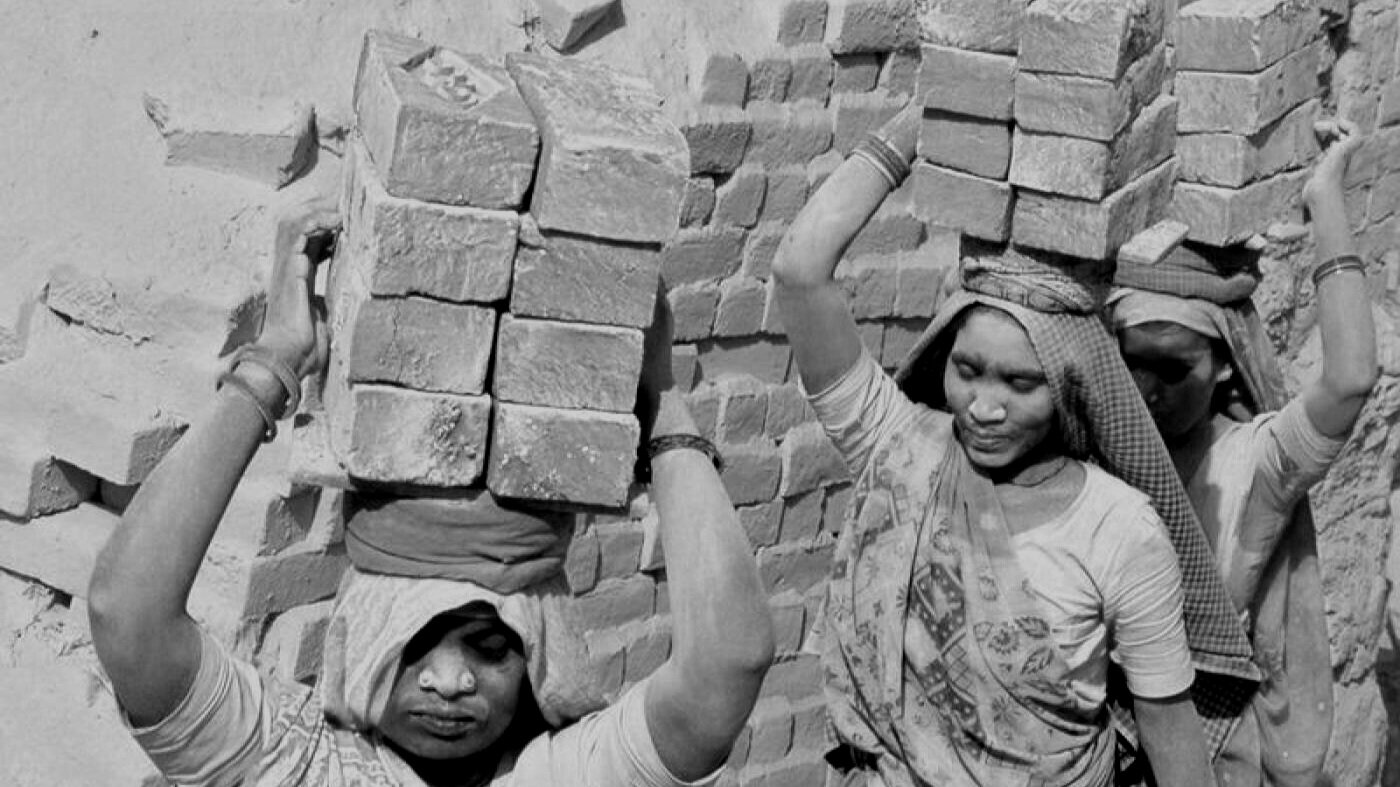Brickyard Slavery

Bricks are the foundational pieces that compose numerous building structures around the globe. They are favored for their strength and reliability. However, few people are aware of the laborious and often unethical work that goes into producing bricks worldwide.
Brickyards across much of Africa, the Middle East and Asia employ laborers with poor working conditions. These workers are paid incredibly low salaries and are expected to work long hours in hazardous conditions.
There are an estimated 4.5 million laborers employed in brickyards in Pakistan alone. Some brickyard workers in the country have complained about not having enough income to buy medicine. Others are children that have been employed by brickyard owners. Many brick-producing countries have child labor laws; however, authorities often turn a blind eye to such activities because it keeps the brick-making industry alive.
Brickmaking is popular in many developing countries because the ingredients needed are available just about anywhere. in order to make bricks, regular soil is combined with water, before being kneaded to form a type of dough. This dough is then placed into moulds that are brick-shaped and consequently dried. They are then placed into kilns and baked at temperatures of up to 2012oF.
This standard brick-making practice can be performed just about anywhere where there is an ample supply of soil. However, this also makes it popular in many parts of Africa and Asia.
Many of the brickyards in Nepal and Cambodia are believed to employ child labor as well. Some of these industries are supported by the local government, who believe it offers employment opportunities for the country’s needy residents.
So is there an end to the many problems that plague the brickmaking industry across the globe? One possible solution is to regulate this industry with more force. However, that would require the cooperation of local governments, who may be reluctant to step in out of fear of harming their local economy.
A better solution may be to provide better employment opportunities to the millions of people employed in brickyards. This could be opportunities for workers who are seeking low-skill jobs, such as fast food jobs or working in the textiles industry.
Brickyard slavery abolitionists should also pay special attention to laborers who work in brickyards due to “bonded labor”. This is a type of debt bondage that occurs when a worker is forced to work to pay off a debt. These workers are often tricked into working for little or even no pay, and rarely have control over the debt itself.
As you can see, brickyard slavery is a complicated practice that is held up by many factors. Abolishing the problems in the brick-making industry will take time, effort, and commitment from numerous parties.









